The Porpoise is a group of marine mammals that are closely related to dolphins. Researchers place them in their own family, the Phocoenidae family.
Researchers recognize seven different species of these of animals, including the Harbor, Dall’s, Finless, Narrow-Ridged Finless, Spectacled, and Burmeister’s Porpoise, and the Vaquita. Read on to learn about the Porpoise.
Description of the Porpoise
Porpoises are relatively small marine mammals compared to their closest relatives. They range in size from about 4.5 – 7.5 ft. long. Their weight also varies based on the species, anywhere from 100 – 500 lbs. or so.
Like other whales, this marine mammal has uniquely adapted limbs for its aquatic lifestyle. It has a streamlined body, two fins on either side of its chest, known as “pectoral fins,” and a fin at the end of its tail, known as a “caudal fin.” Many Porpoises also have a fin on their backs known as “dorsal fins,” though some species do not.
Interesting Facts About the Porpoise
These marine mammals have many unique characteristics. Learn more about what makes them interesting below.
- Understanding Whales – Researchers group Porpoises into the group “Odontoceti” or “toothed whales.” The toothed whales are exactly what they sound like, whales with teeth! The other group of whales are the “Mysticeti” or “baleen whales.” Unlike toothed whales, baleen whales have large plates of a stiff hair-like substance known as baleen.
- Teeth vs. Baleen – The two types of whales differ most in their feeding habits. Toothed whales use their teeth to catch fish and other marine creatures like squid, crabs, and more. Baleen whales use their baleen plates to filter krill and small creatures out of large mouthfuls of water.
- The Difference in the Teeth – Just like the difference between baleen whales and toothed whales, the difference between Porpoises and dolphins are in the teeth! While dolphins have long mouths with cone-shaped teeth, Porpoises have short mouths with spade shaped teeth.
- Speedy Swimmers – These marine mammals also sport a record holding species. The Dall’s Porpoise is one of the fastest whale and dolphin, or cetacean, species. They can reach speeds up to 48 mph!
Habitat of the Porpoise
Different species utilize different types of habitats. In fact, individuals of the same species in different regions or different times of year take advantage of different ecosystems! These marine mammals occupy both saltwater and freshwater systems. Some species live in open ocean, others near coasts, in rivers, estuaries, and more.
Distribution of the Porpoise
Just like habitat preference, different species live in different regions. Finless and Narrow-Ridged Finless species live along the coast of southeast Asia, from Japan all the way to the Middle East. The Harbor and Dall’s species have the widest distributions, both live throughout the northern Pacific Ocean and the Harbor species also lives throughout the northern Atlantic Ocean as well.
The Burmeister’s and spectacled species live along the southern coast of South America, and the range of the spectacled species also extends south along the coast of Antarctica. Finally, the vaquita only lives in a tiny region of the Gulf of California. What remains of their populations only lives in the northernmost region of the gulf.
Diet of the Porpoise
These marine mammals have a diet similar to that of other toothed whales. They are carnivorous, and eat a wide variety of fish and marine creatures. Each species has its own dietary preferences, and Porpoises in different regions prey on different types of fish and invertebrates. Depending on the species, these cetaceans eat a wide variety of fish, squid, shrimp, and more.
Porpoise and Human Interaction
Human activity impacts different species in different ways. For some, human activity is a dire threat. Of the seven species, four face threat of extinction to some extent.
Some of the various threats that these marine mammals face include overfishing, accidental capture or entanglement in nets, hunting, pollution, sound pollution, and more.
The IUCN lists the Harbor, Dall’s and Spectacled species as Least Concern. They list the Burmeister’s as Near Threatened, and the Finless as Vulnerable. Finally, they list the Narrow-Ridged Finless as Endangered and the Vaquita as Critically Endangered.
Domestication
Humans have not domesticated Porpoises in any way.
Does the Porpoise Make a Good Pet
No, Porpoises do not make good pets. They must live in large, water-filled enclosures that the average person could not provide. Additionally, it is quite illegal to own one of these sea mammals as a pet!
Porpoise Care
Not many zoos or aquariums house Porpoises, though many do keep various species of dolphins. Sometimes these marine mammals become injured or sick and strand themselves on land. When this happens, zoos and aquariums attempt to provide medical care for the animals.
They feed the Porpoises different types of fish and squid, do routine blood tests to monitor their health, and their veterinarians prescribe different medications and treatments to save them.
Behavior of the Porpoise
All Porpoises are different, and their social and feeding behaviors vary based on the species at hand. All cetaceans sleep with half their brain so that they can continue breathing.
Some species are more social than others and live in large groups, known as “pods.” However, even species that sometimes congregate in large pods often spend most of their time in smaller groups. The average size of a pod is usually between 5 and 20 individuals.
Reproduction of the Porpoise
For many species, researchers simply don’t know what their breeding habits and reproductive rates are. Most Porpoises have a 10- or 11-month gestation period, though this varies slightly by species.
The amount of time it takes for the calves to wean off their mother’s milk also varies. It can take anywhere from 7 months to 10 months or more for weaning to occur and a year or more to reach independence.

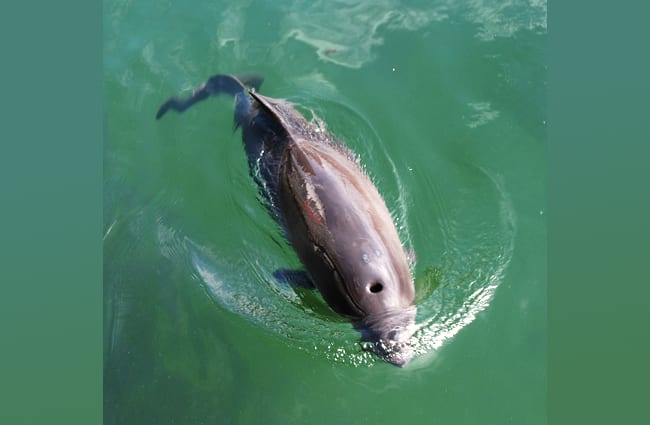

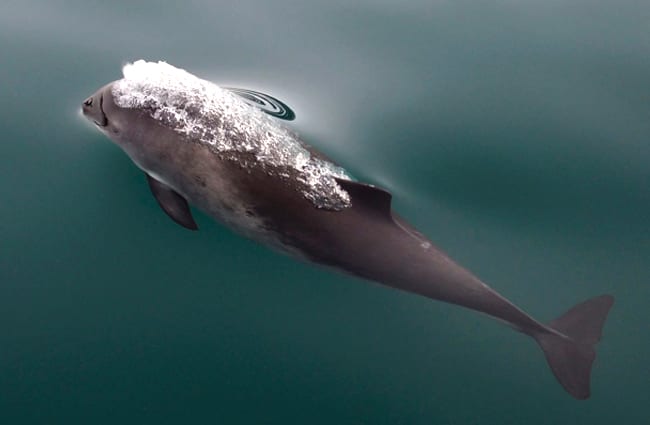
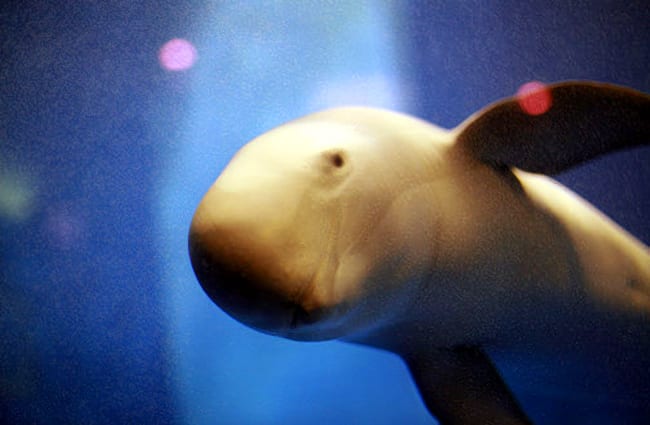
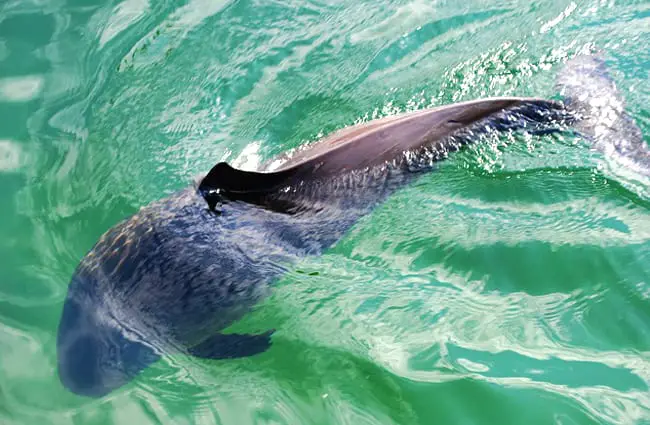
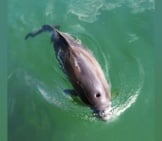
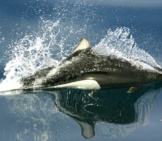

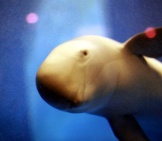
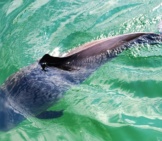
![Red Angus Closeup of a beautiful Red Angus cowPhoto by: U.S. Department of Agriculture [pubic domain]https://creativecommons.org/licenses/by/2.0/](https://animals.net/wp-content/uploads/2020/03/Red-Angus-4-238x178.jpg)












![Red Angus Closeup of a beautiful Red Angus cowPhoto by: U.S. Department of Agriculture [pubic domain]https://creativecommons.org/licenses/by/2.0/](https://animals.net/wp-content/uploads/2020/03/Red-Angus-4-100x75.jpg)

